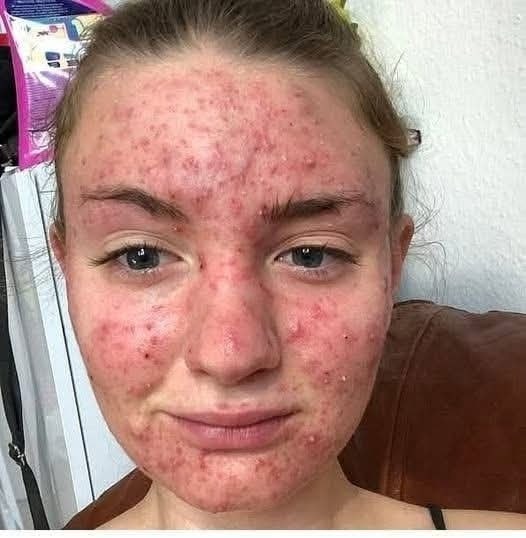His body was itchy, he thought it was an allergy
Laura Gómez, a 32-year-old mother, began noticing a persistent itching sensation that slowly intensified over time. What started as a mild irritation soon became an overwhelming discomfort that interfered with her daily routine. At first, Laura assumed it was a simple allergic reaction, perhaps caused by a new detergent, certain foods, or environmental factors. She changed soaps, adjusted her diet, and tried to eliminate possible triggers. When these efforts brought no improvement, she sought help from a dermatologist, hoping for a quick solution.
The specialist prescribed topical creams and antihistamines, treatments commonly used for allergic reactions or skin sensitivities. For a brief moment, Laura felt hopeful. However, as days passed, her symptoms not only persisted but grew worse. The itching was relentless. It spread to different areas of her body, keeping her awake at night and leaving her exhausted during the day. The lack of sleep soon affected her mood, concentration, and ability to care for her child with the same energy she once had. Simple tasks began to feel overwhelming, and frustration became a constant presence in her life.
Laura described the experience as agonizing. She often felt as if something were crawling beneath her skin, a sensation so distressing that she scratched until she bled. The wounds took time to heal, and each new mark served as a painful reminder of her struggle. Despite following every medical instruction carefully, nothing seemed to bring lasting relief. She tried natural remedies, changed her laundry products again, and even experimented with different diets, but the itching continued. The situation became emotionally draining, leaving her anxious and increasingly uncertain about what was happening to her body.
Weeks went by without improvement. What Laura once believed to be a minor irritation had evolved into a serious disruption of her physical and emotional well-being. The constant discomfort isolated her from social activities and affected her confidence. She began to fear that others would notice her restlessness or the marks on her skin. More than once, she found herself crying from exhaustion, feeling defeated by something she could not understand or control.
Recognizing that the usual treatments were failing, her doctors decided to look deeper. They began a series of tests to determine whether the itching was connected to an underlying medical condition rather than a surface-level skin issue. Blood work, imaging studies, and specialized consultations followed. It was during this stage that Laura finally received a diagnosis that explained her symptoms. The revelation changed her perspective entirely. It was a difficult moment, yet it provided clarity after weeks of confusion and suffering. Understanding the cause of her condition allowed her to begin appropriate treatment and start managing her health with new awareness and guidance.
Laura’s journey illustrates the importance of persistence when facing unexplained symptoms. Many people dismiss early signs of discomfort, assuming they are minor or temporary. Her experience reminds us that when standard remedies fail, it is essential to seek a deeper evaluation and advocate for one’s own well-being. Beyond the physical challenges, Laura’s story also reflects the emotional strain of living with uncertainty. The constant discomfort, fear, and helplessness can wear down even the strongest individuals. Yet her determination to keep searching for answers shows resilience and courage.
In the end, Laura’s experience serves as both a caution and an inspiration. It encourages others not to ignore persistent symptoms and to trust their instincts when something feels wrong. Her path to diagnosis may have been difficult, but it ultimately led her toward healing and a renewed sense of control over her health.






